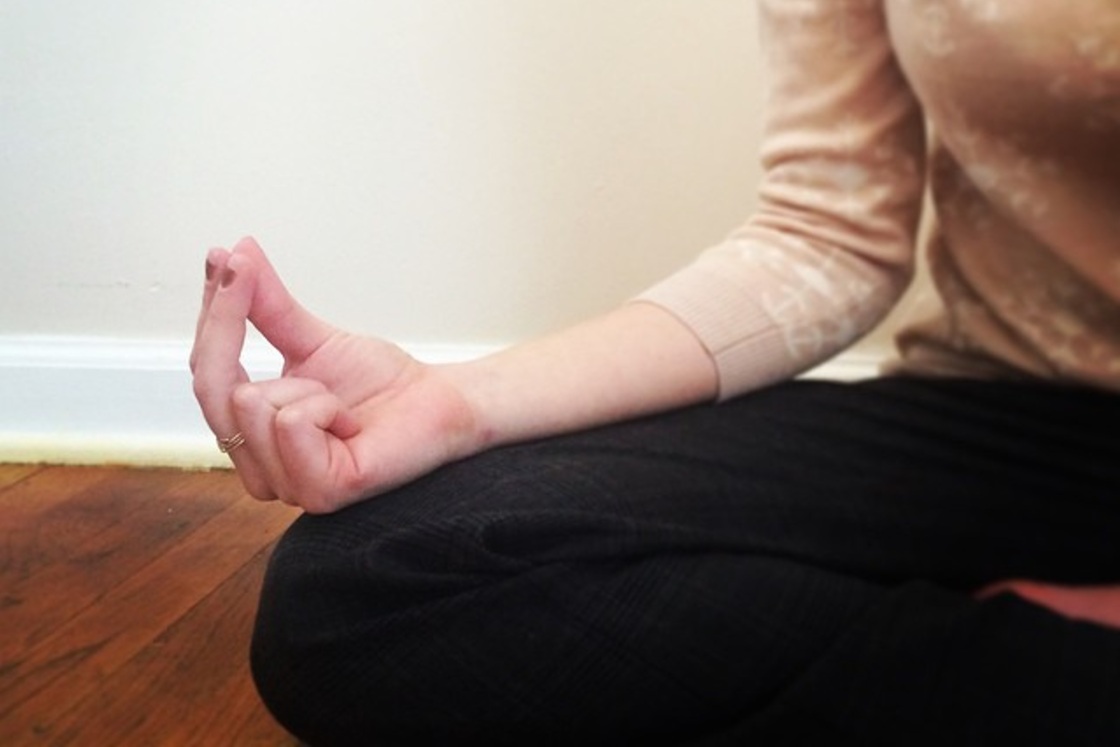Say Hello to a Brighter Complexion! A Beauty Editor Shares Her Top Picks for Fading Dark Spots
100% worth the hype.

So you finally cleared up your most recent breakout. Time to celebrate! But you look in the mirror and… a spattering of dark spots. What do you do next? Thanks to my darker skin, I’ve dealt with this question for over a decade. Even when I’m on sunscreen game and resist picking at my breakouts, I’m still left with dark blemishes. Over the years, I’ve tried just about every product claiming to treat dark spots, hyperpigmentation, or post-acne scars. Some? Useless. Others, totally transformative! But it was a long hard road to finding the best hyperpigmentation products on the market.
For a long time, my skincare was mostly focused on quick fixes for hormonal breakouts. I cringe at all the beauty faux pas I committed in vain. I made all the classic mistakes. I slept in my makeup one too many times. I indulged in way too many DIY treatments for acne—like putting toothpaste on breakouts or rubbing lemon juice on my dark spots—just to wonder why my skin was always irritated and inflamed. Then there were the years I spent thinking that my oily skin meant I should didn’t need moisturizer and my dark skin meant I didn’t need sunscreen. To top it all off, like so many others, I had a torrid love affair with the St. Ives Apricot Scrub during my acne-ridden teen years.
After all that, my hormones have balanced to leave me with rare breakouts but persistent hyperpigmentation. If my skincare journey taught me anything, it’s that patience is key. So-called easy solves just aggravate your skin even more. And nothing works if you don’t give it time. From what I’ve found, even the best hyperpigmentation products take weeks to really start showing results. But don’t lose hope! With guidance and consistency, you can fade those reminders of breakouts past.
Read on for some of the best hyperpigmentation products I’ve found in over a decade as a skincare lover and beauty editor.
What Causes Hyperpigmentation?
There are three main types of hyperpigmentation and they all have different causes. Melasma is a side effect of aging, post-inflammatory hyperpigmentation are the dark spots left behind in acne’s wake, and sun-induced hyperpigmentation are the dark marks more commonly known as sunspots. Each manifests differently, so each needs to be treated differently. Identifying the cause of your hyperpigmentation is the first and most important step in figuring out how to address it.
How Can I Prevent Hyperpigmentation?
Even the best hyperpigmentation products can’t help if you’re not also taking preventative measures. Universally, sunscreen helps stop increased melanin production caused by sun exposure. It also staves off the effects of aging, including melasma, and will completely prevent sun-induced hyperpigmentation.
You can also prevent hyperpigmentation with a comprehensive skincare routine tailored to your specific concerns. If you have blemish-prone skin that leaves a lot of marks, a clarifying routine will help prevent the blemishes in the first place. You can also add a prescription retinoid, like tretinoin, to your lineup to encourage cell turnover. After a few weeks of the dreaded retinol purge, your skin will look brand new—both in texture and tone.
What Professional Treatments Help Fade Hyperpigmentation?
For a faster process with more immediate results, consult with an esthetician or dermatologist to find out what professional treatments might be right for you. Cosmetic treatments can superficially transform the skin, addressing hyperpigmentation by targeting the top layer of the dermis. Using some of the best hyperpigmentation products alongside professional treatments is the best way to see results.
Chemical Peels
One of the most effective and common treatments for hyperpigmentation is a chemical peel. I’ve done these before and every time I do, they change my life. After seven days, the treatment has removed the top layer of my skin to reveal a clearer, more even surface. With a skin expert’s support, you can choose what strength you need for your goals. From there, you’re all set.
The downside of chemical peels? They take seven days of downtime where you pretty much can’t leave the house as your face literally peels off. I know how that sounds, no thanks. But know that if you don’t have that kind of time—I have places to go and Zoom calls to attend, too—other treatments can give you more instant results.
Laser Therapy
Laser therapy is another popular treatment for hyperpigmentation. Lasers get deep beneath the layers of the skin to stimulate cell turnover and target melanin production, in turn fading dark spots with consistent treatments. However, these are not suited for all types of melasma, as light therapy could make your hyperpigmentation worse.
Dermabrasion and Microdermabrasion
Other in-office treatments include dermabrasion or microdermabrasion for deep exfoliation. Dermabrasion is more intense, using a high-speed brush to resurface your skin and remove or reduce the depth of scars. This rigorous process can take up to three weeks to heal. For a similar procedure with no downtime, try microdermabrasion, which uses a handheld device to remove surface skin. Multiple treatments can go a long way.
Talk to your dermatologist about which treatments may be best suited for your type of hyperpigmentation. Doctors can also provide prescriptions for retinoids, which increase cell turnover and address external signs of aging like hyperpigmentation as well as fine lines.
What Ingredients Should I Look For in Hyperpigmentation Products?
Don’t worry, there’s hope for your hyperpigmentation beyond professional treatments and retinoids. With consistent use of the right over-the-counter products, you can fade dark spots all on your own. Experts recommend combining ingredients that increase cell turnover with ingredients that moisturize and restore your lipid barrier to further protect you from sun damage. This means creating a skincare routine that balances active and nourishing ingredients.
For actives, look for exfoliating ingredients like azelaic acid, kojic acid, tranexamic acid, alpha hydroxy acids (like glycolic acid and lactic acid), and retinol. Other actives to include are antioxidant stars like niacinamide and vitamin C. To keep your skin protected and nourished as you add potentially harsh ingredients, be sure to add moisturizing agents like glycerin or hyaluronic acid. And of course, don’t forget to top it all off with the best SPF for your skin type.

 MikeTyes
MikeTyes 
































